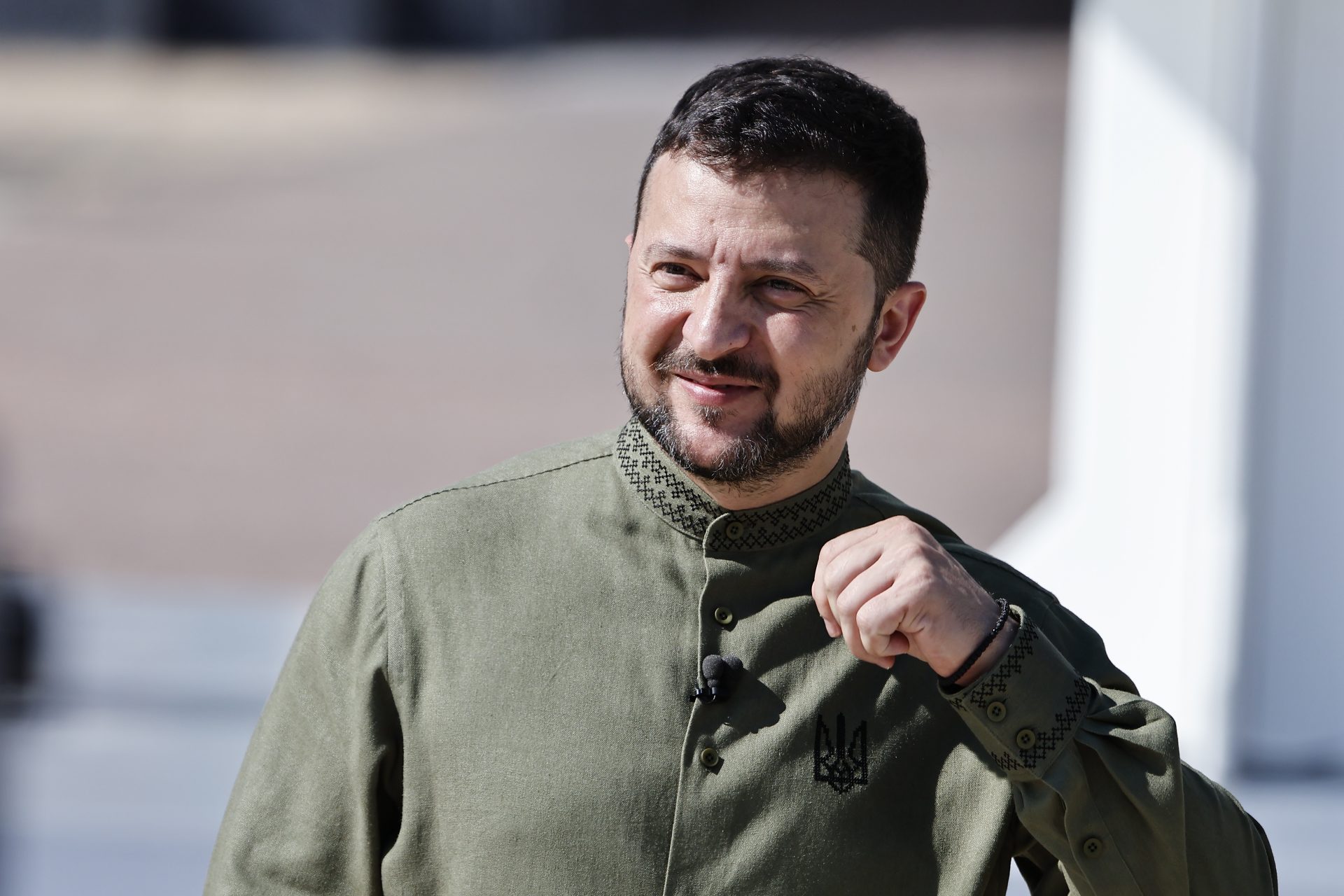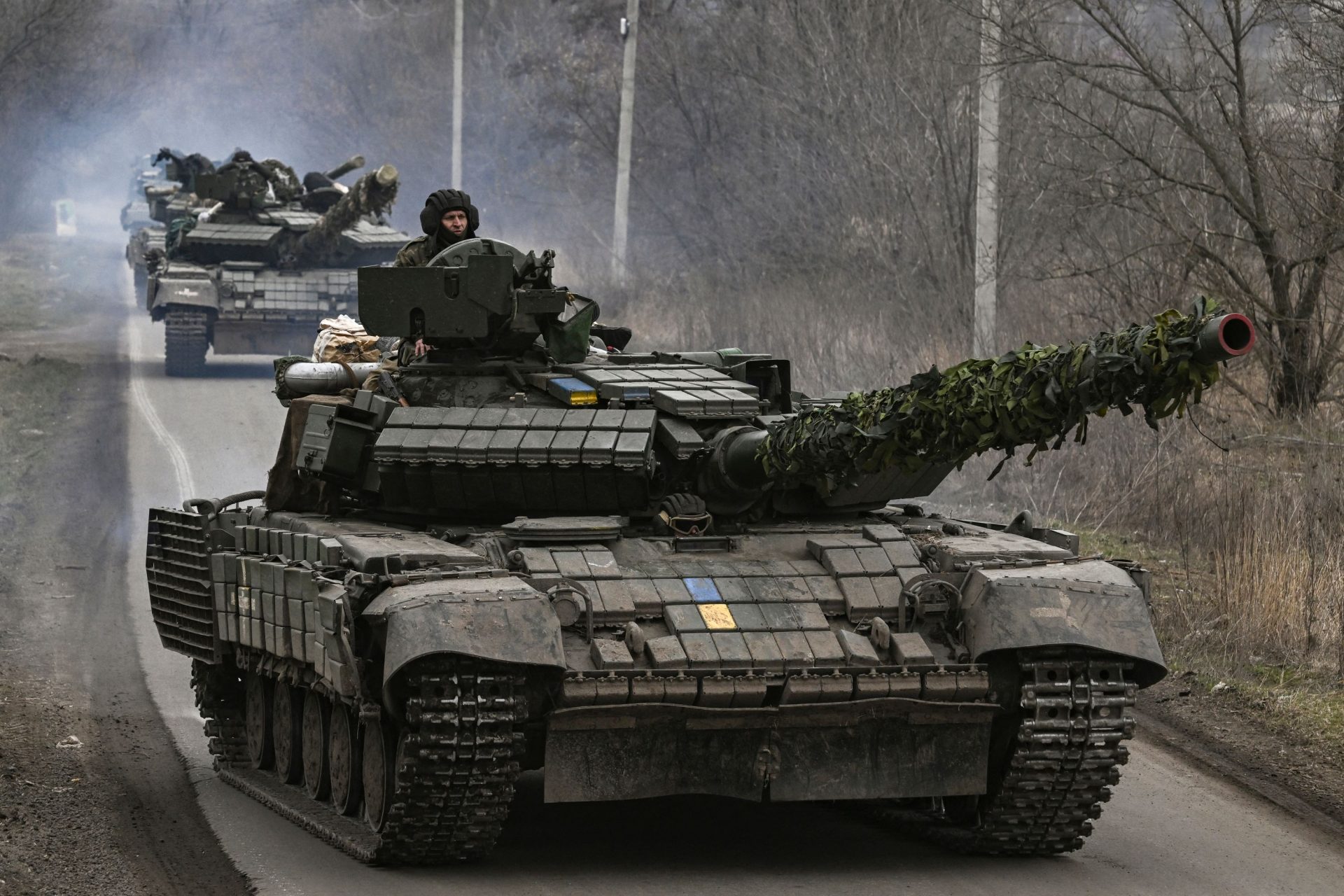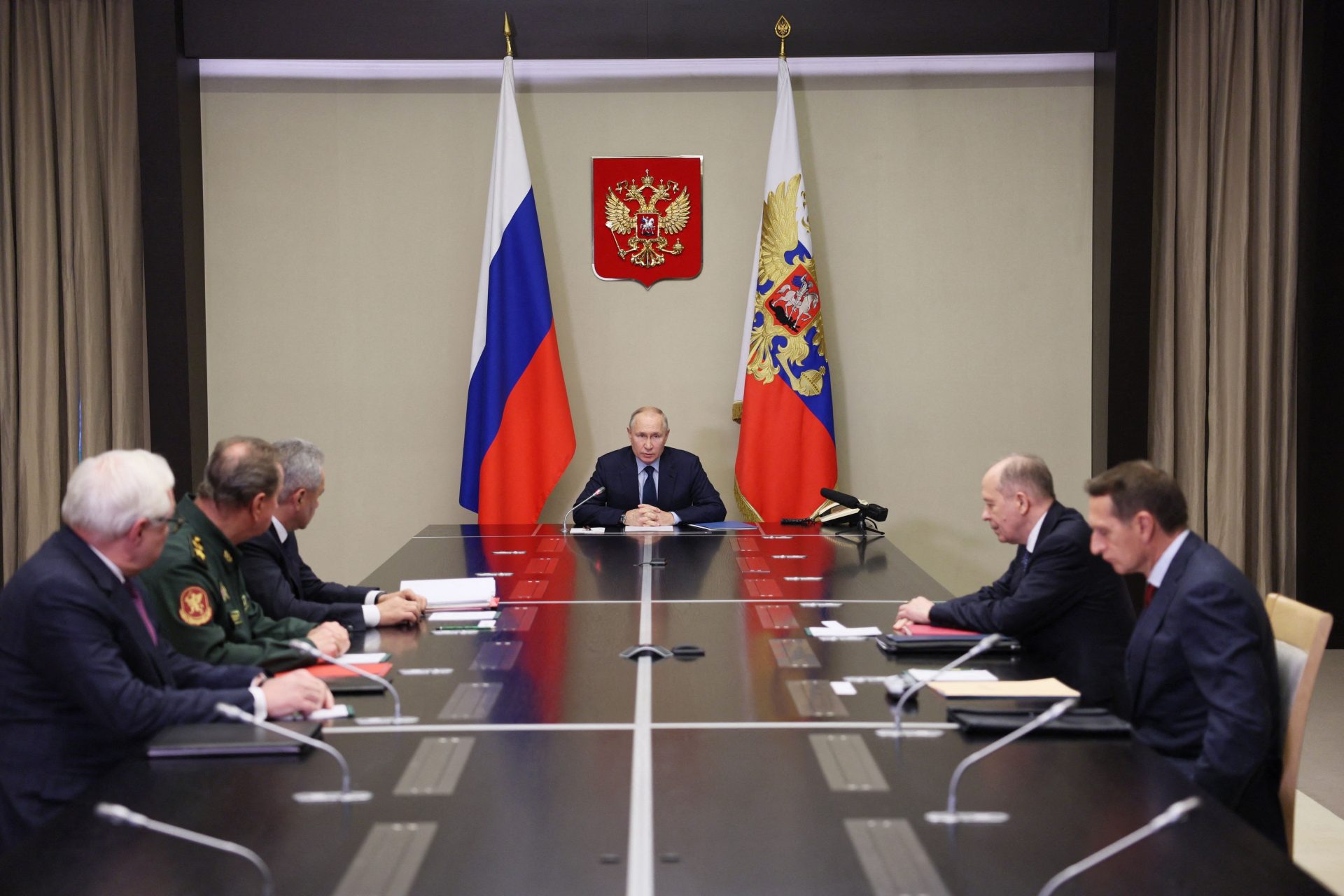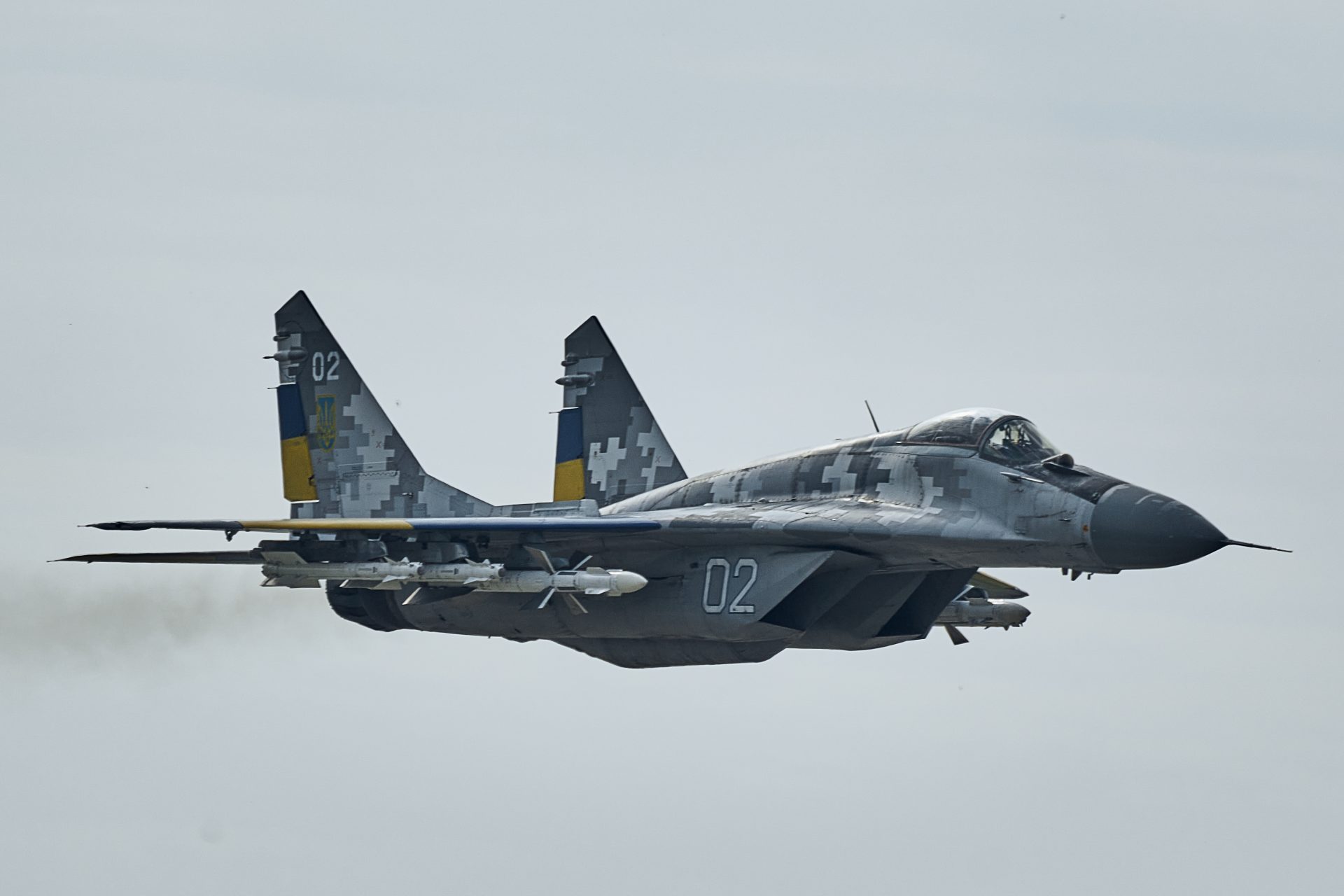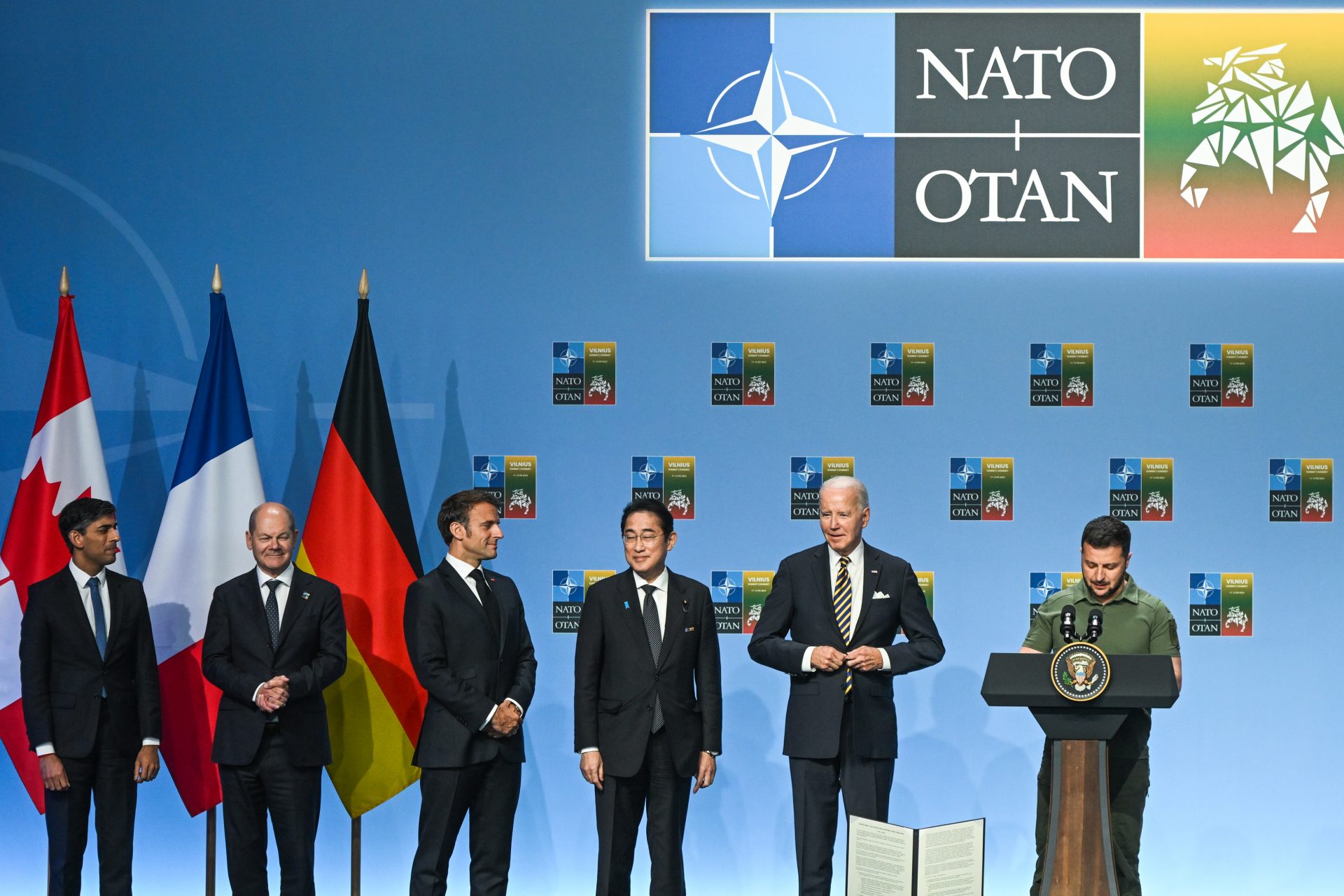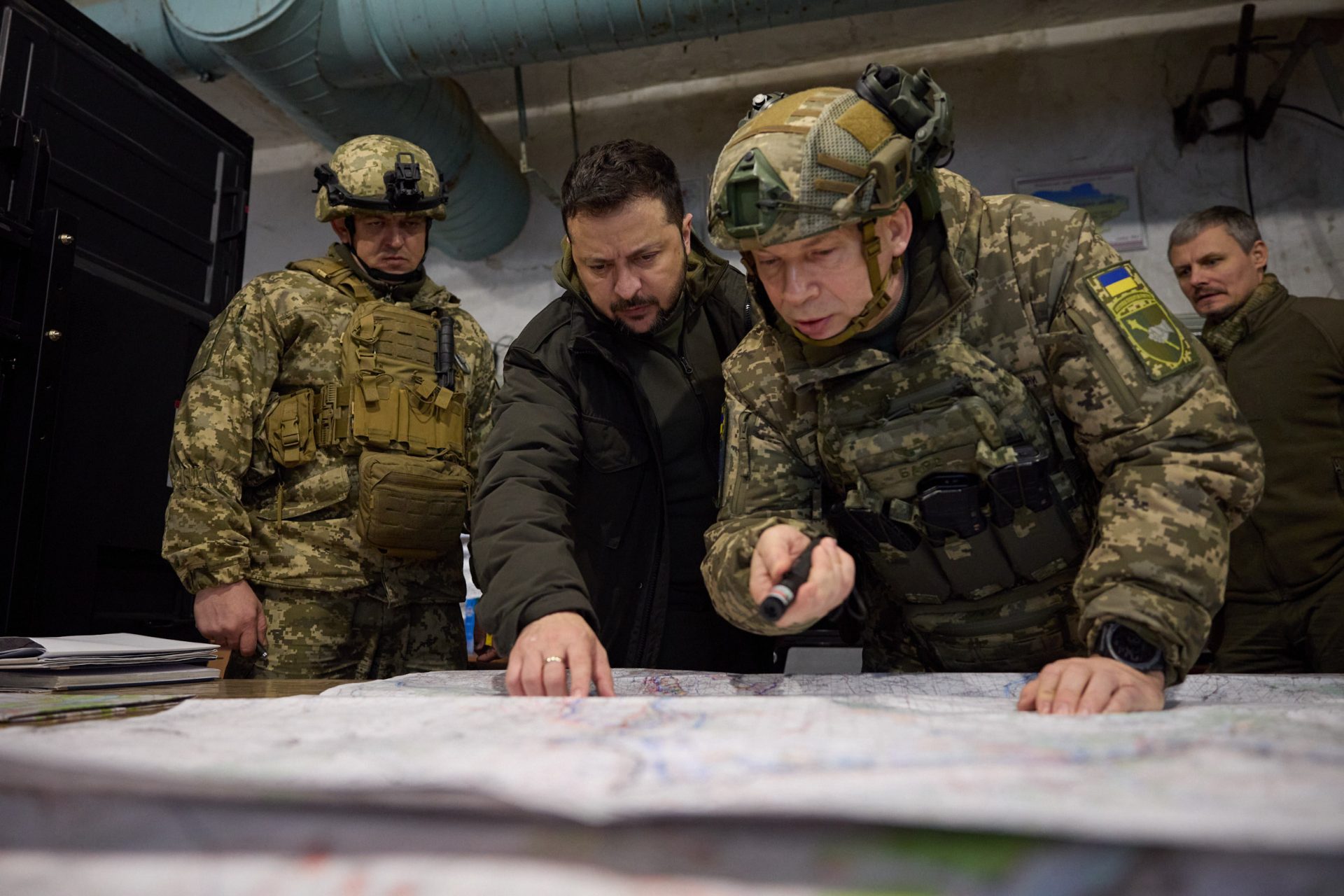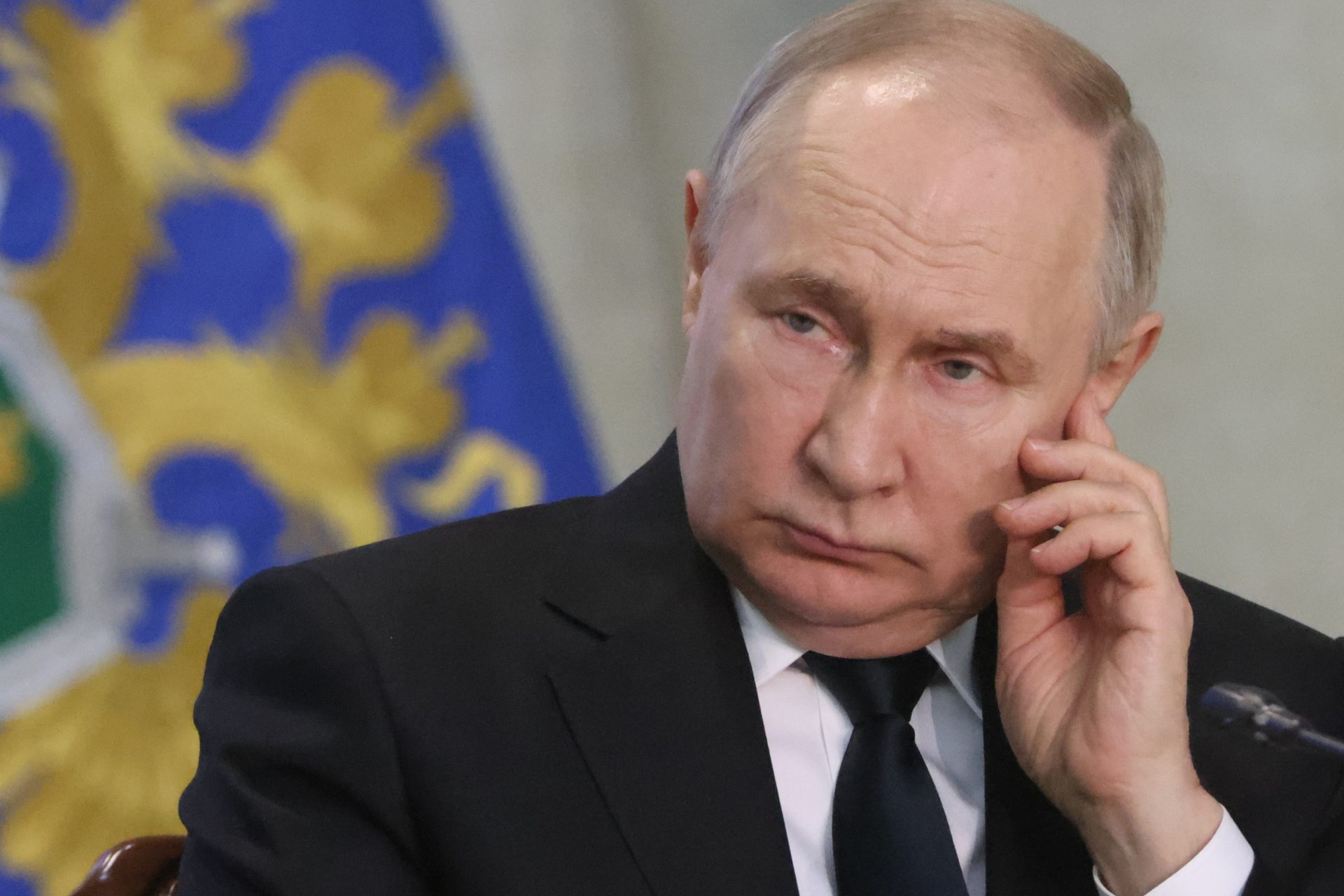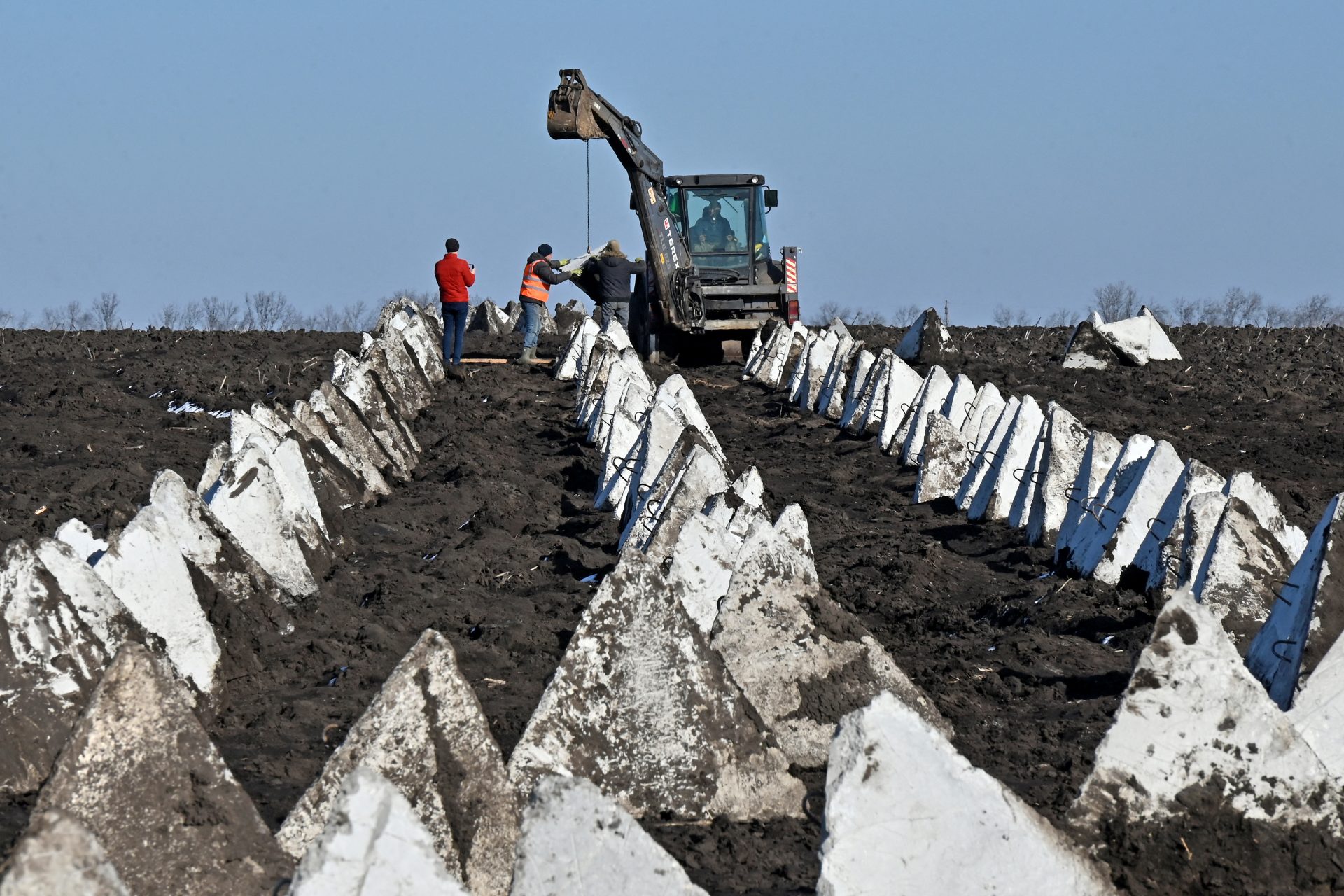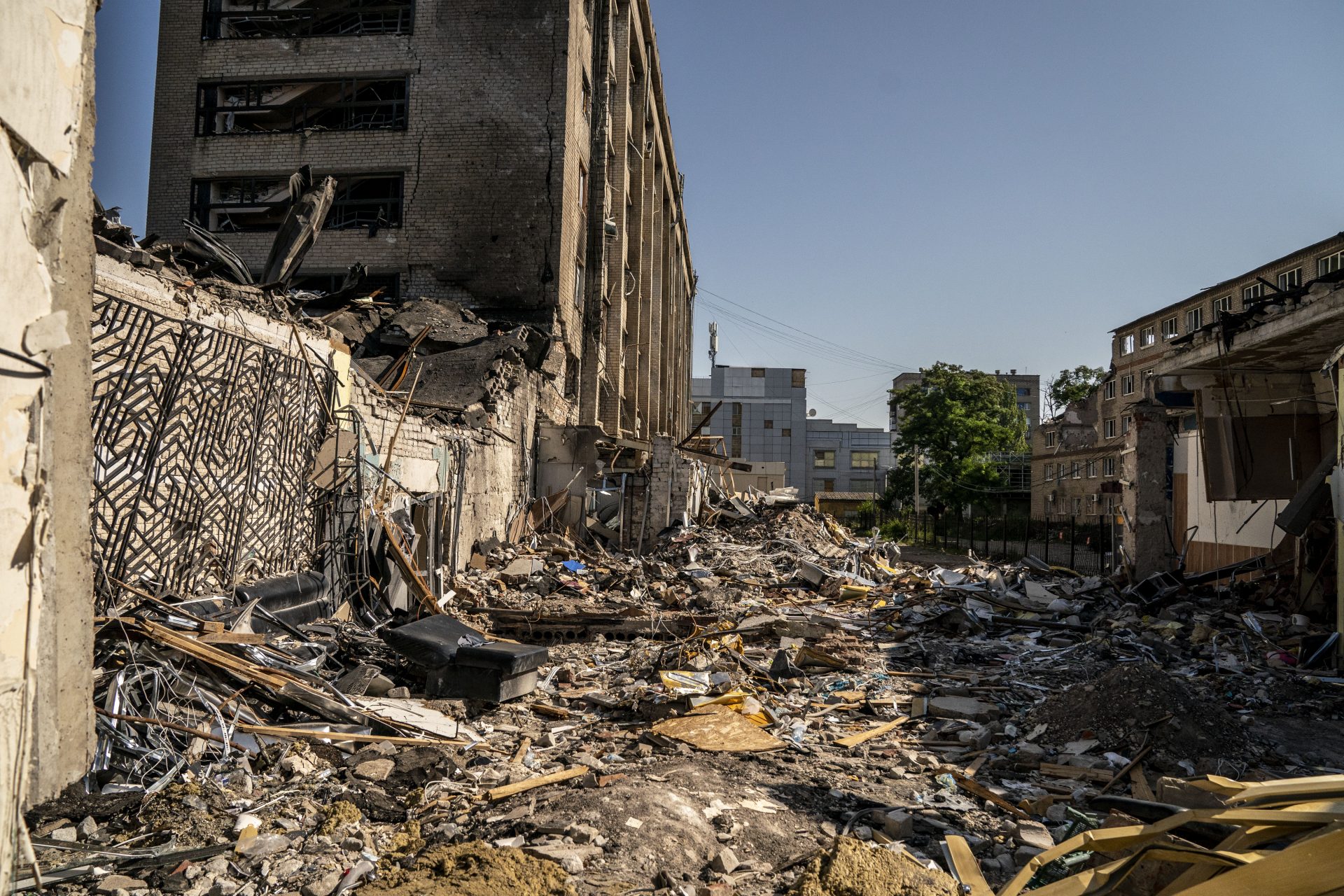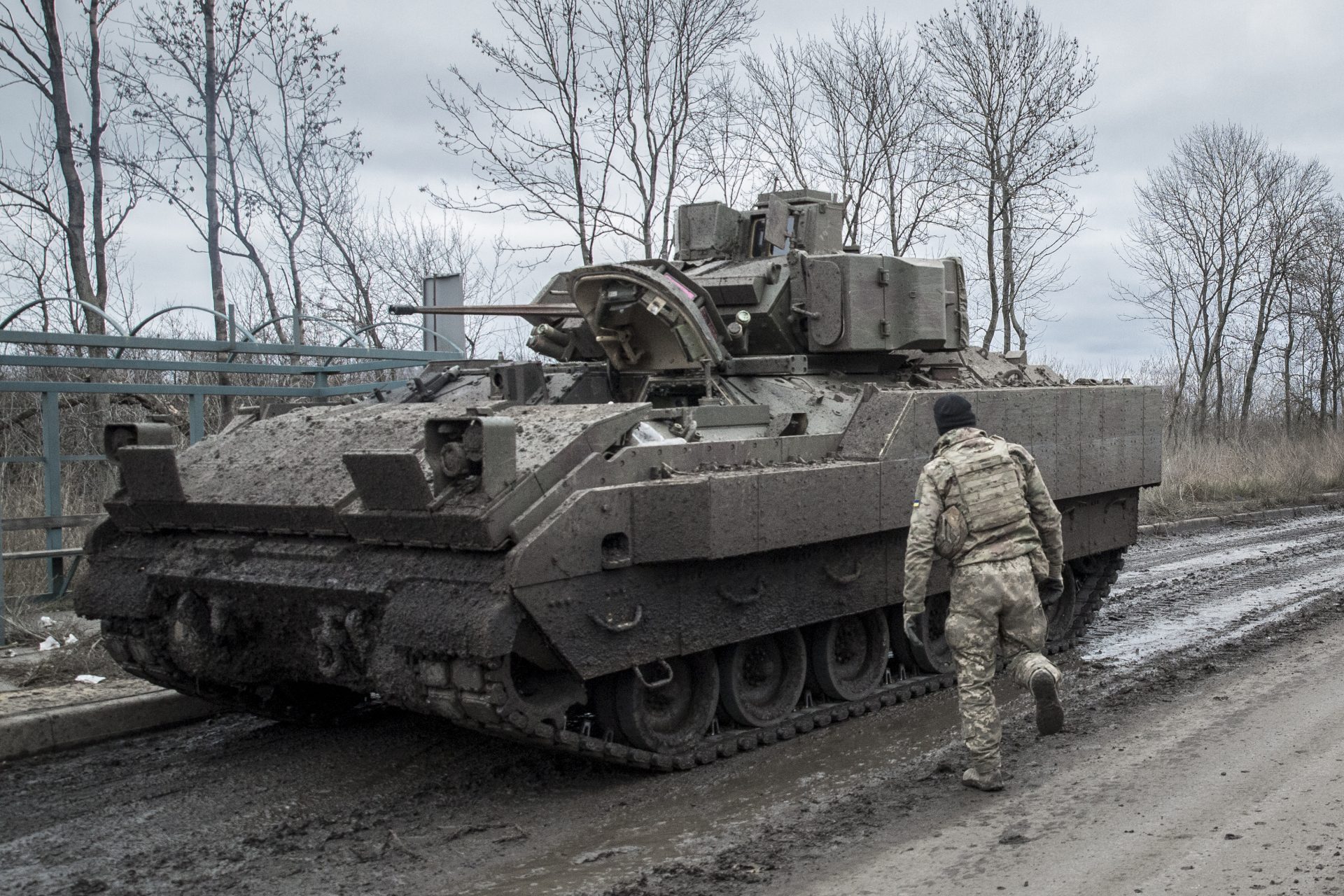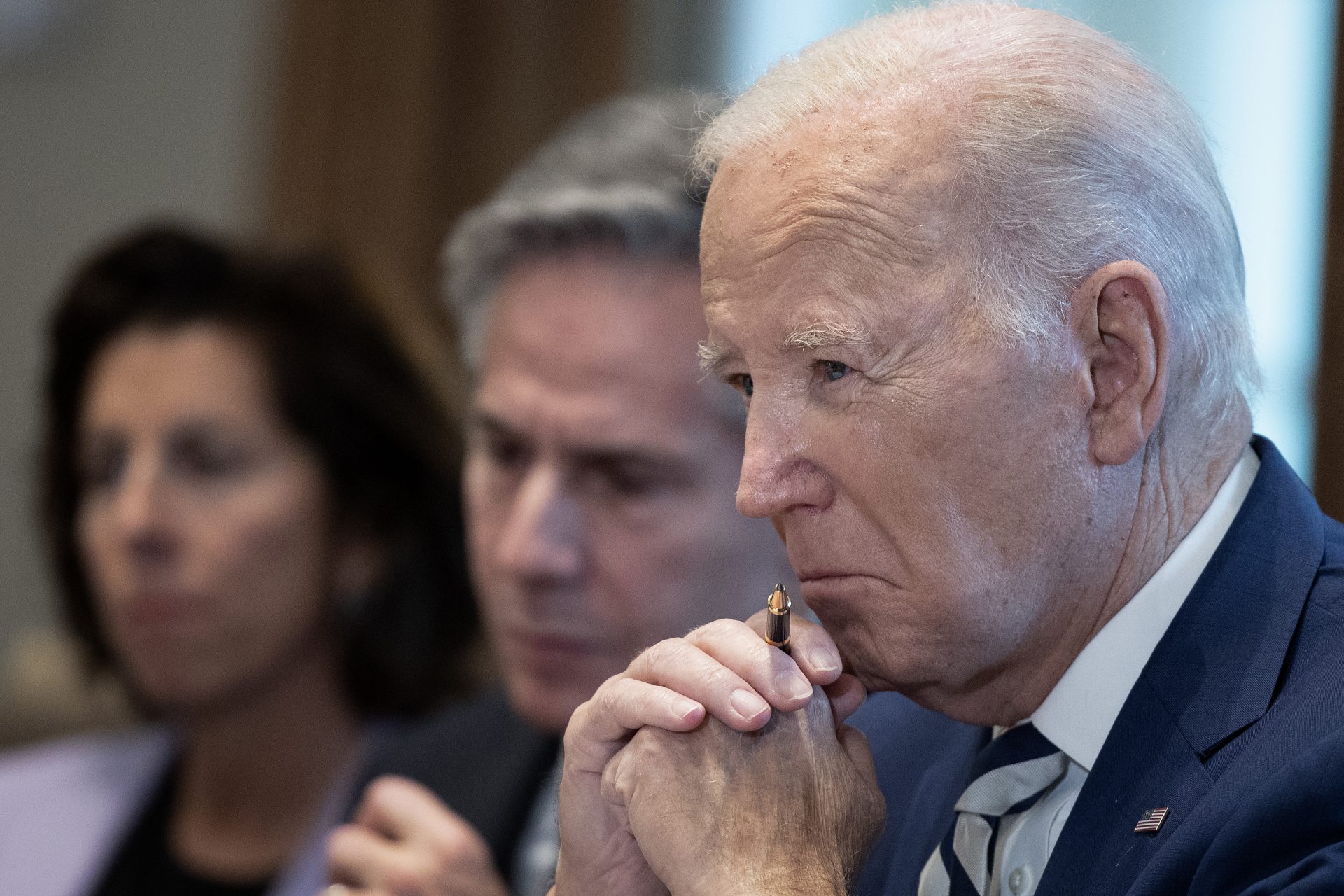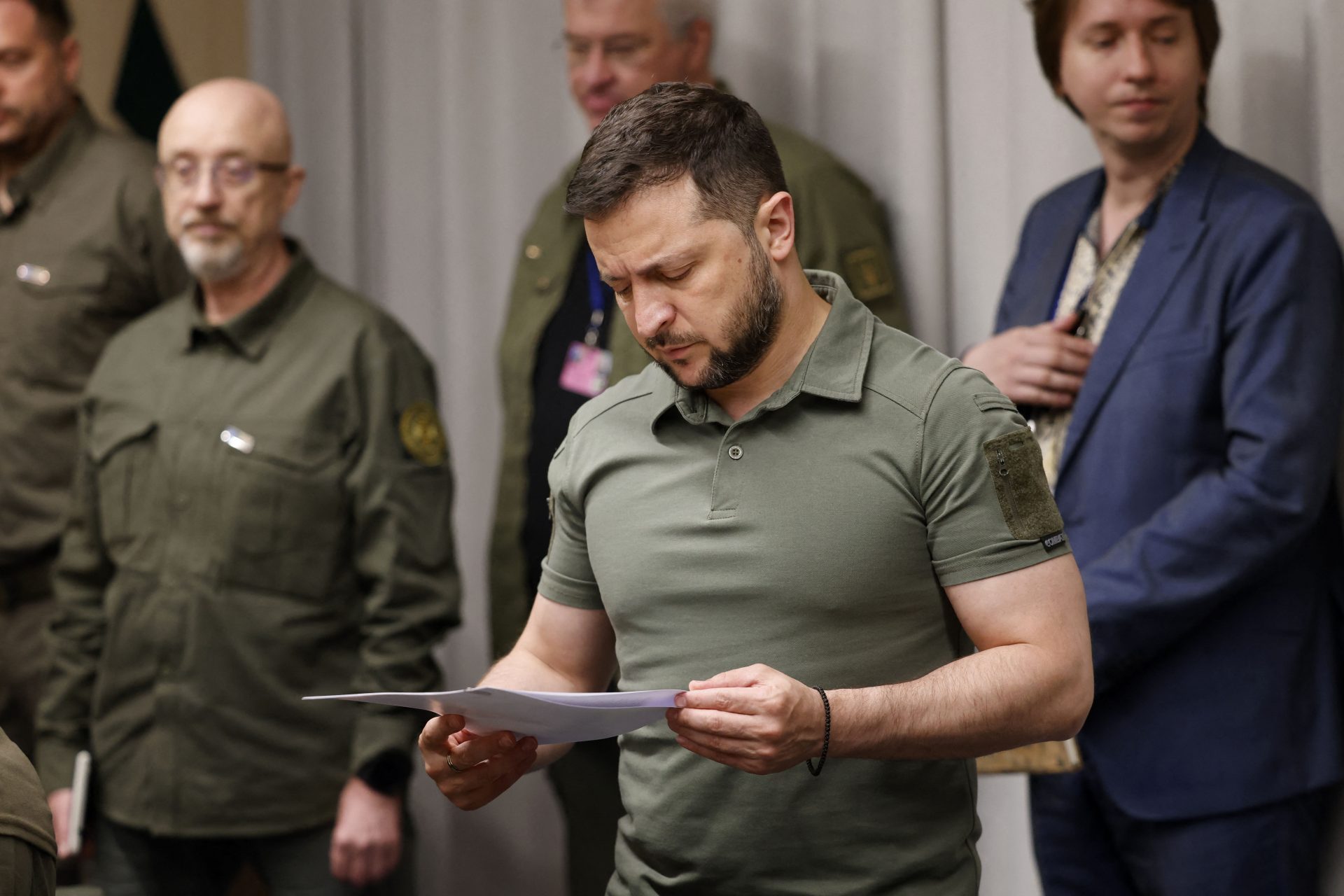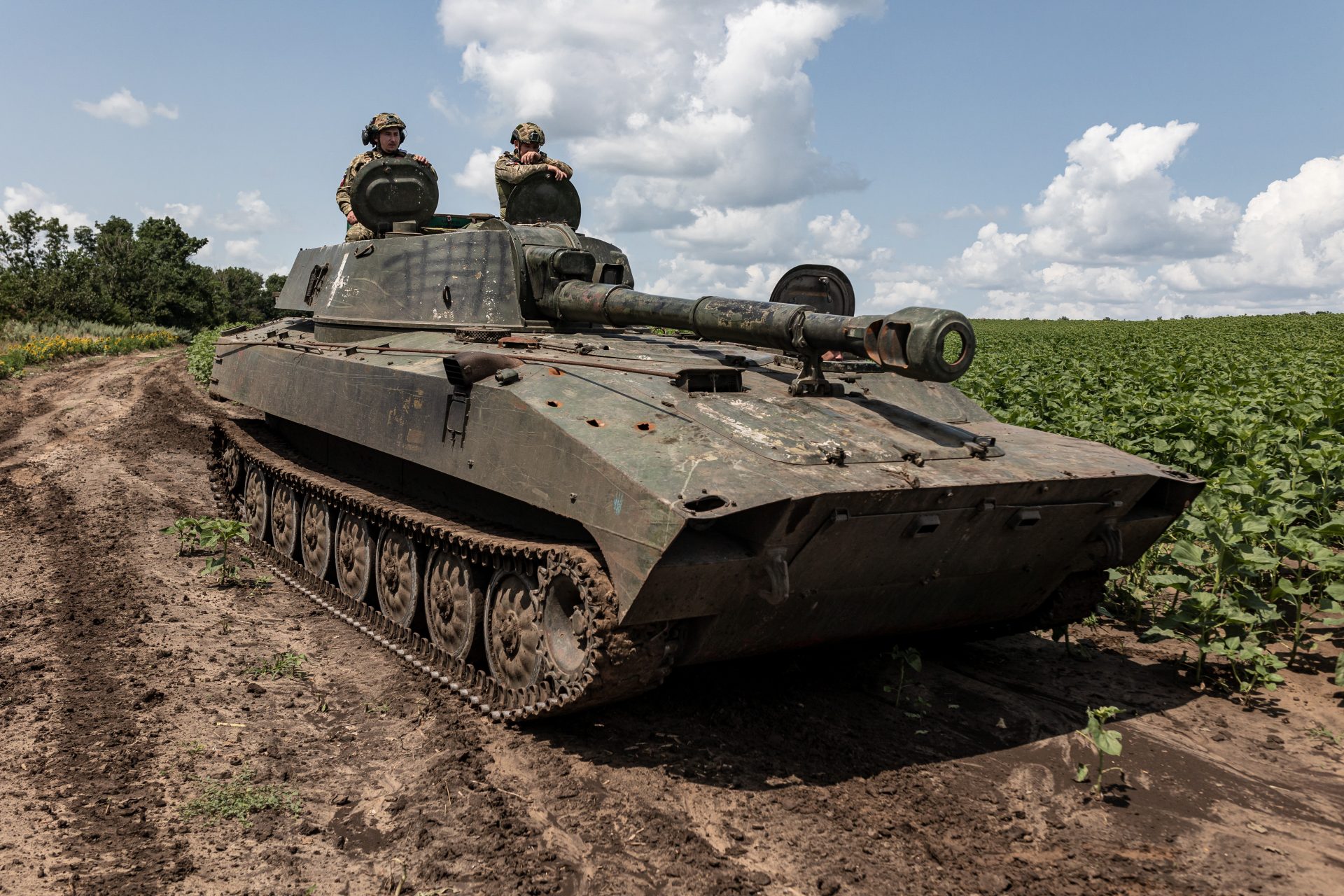Europe will give Kyiv billions from frozen Russian assets, but will the US follow suit?
The European Union approved a plan that will provide Ukraine with more than $3 billion worth of profits generated by Russian central bank assets frozen by the economic block, according to Czechia’s Foreign Minister.
Czech Foreign Minister Jan Lipavsky reported on social media that the European Union is going to be handing €3 billion euros or roughly $3.3 billion dollars over to Kyiv to help Ukraine fund its defense against Russia.
“Russia must pay for its war damages,” Minister Lipavsky wrote on X—the platform that was formerly known as Twitter. He also noted upwards of 90% of the money transferred will fund the military, Newsweek reported.
The European Union has long been debating the possibility of using the Russian assets it froze near the beginning of the conflict to help fund Ukraine's war effort against Russia but no decision has been made until now.
BBC News reported that the European Union collectively has about €211 billion euros or roughly $228 billion dollars of frozen Russian assets under its control which the political block froze following the invasion of Ukraine.
Roughly $300 billion dollars in Russian assets have been frozen by the Group of Seven (G7) countries since Moscow launched its invasion of Ukraine according to Reuters,, which noted what Europe’s frozen funds will yield.
The European Union expects that the Russian assets the political block has frozen may yield somewhere between €15-20 euros or about $12-21 dollars by 2027 in what it said were windfall profits from exceptional interest.
It is important to point out that European Union leaders have only approved sending the profits generated by frozen Russian assets under the political block’s control. Leaders have not approved sending any frozen assets.
Ukrainian Foreign Minister Dmytro Kuleba thanked European Union leaders for making the decision to provide Ukraine with more than $3 billion dollars to help support its war effort but said Ukraine's goal was to receive all frozen funds.
"With all our gratitude for this decision today, the amounts are not commensurate (with the amount of frozen assets)," Kuleba told reporters according to Reuters before adding that all frozen Russian assets should be given to Ukraine.
"That is why the third step, which we have been talking about since the beginning of the year, should actually be the confiscation of the assets themselves," Kuleba added. But it is unlikely that this step will be taken anytime soon.
Whether or not the countries that have frozen Russian assets will provide those assets to the Ukrainians is not known but there have been discussions about the situation, though Time magazine noted many Western governments still oppose the move.
The compromise solution from the G7 has been to use the profits from frozen Russian assets to fund Ukraine's war effort but added that the money would only help fund a few weeks of military spending related to the ongoing war.
The United States, for its part, has laid the groundwork to give President Joe Biden the legal cover he would need if his administration deceived to confiscate the roughly $95 billion Washington has frozen to give it to the Ukrainians.
The passing of the Repo Act in Congress in April 2024 gives the President of the United States the unilateral power to take frozen Russian funds and pass them along to Kyiv if Biden made the decision to do so according to Time.
However, the American solution to the problem so far has not been to push giving Kyiv the interest on frozen Russian assets but rather a loan that would be backed by ten years of interest payments from the interest on frozen Russian assets.
The loan would only be roughly equivalent to $60 billion dollars, so much less than the $300 billion in frozen assets Ukraine is requesting. But such a loan might be the best that the Ukrainians can hope to get from the West at this point in time.
More for you
Top Stories



